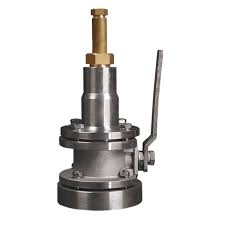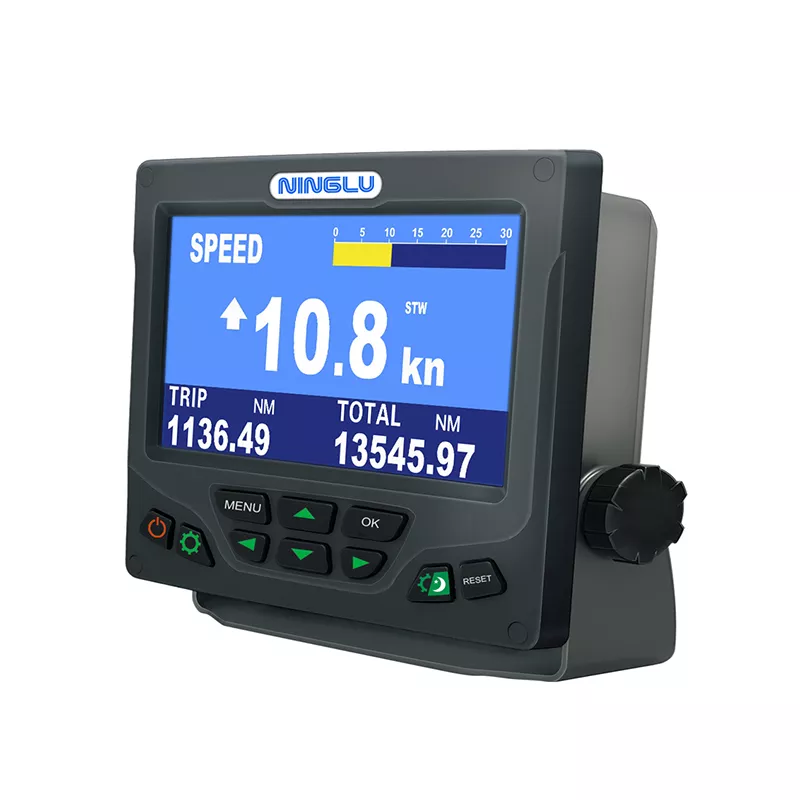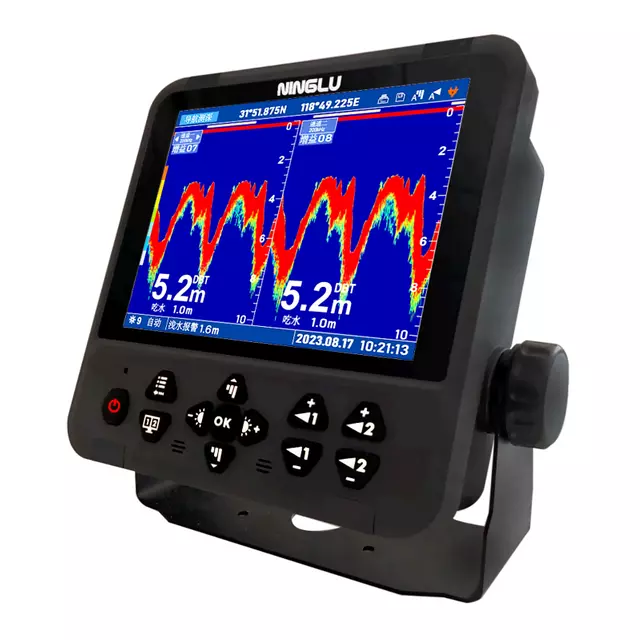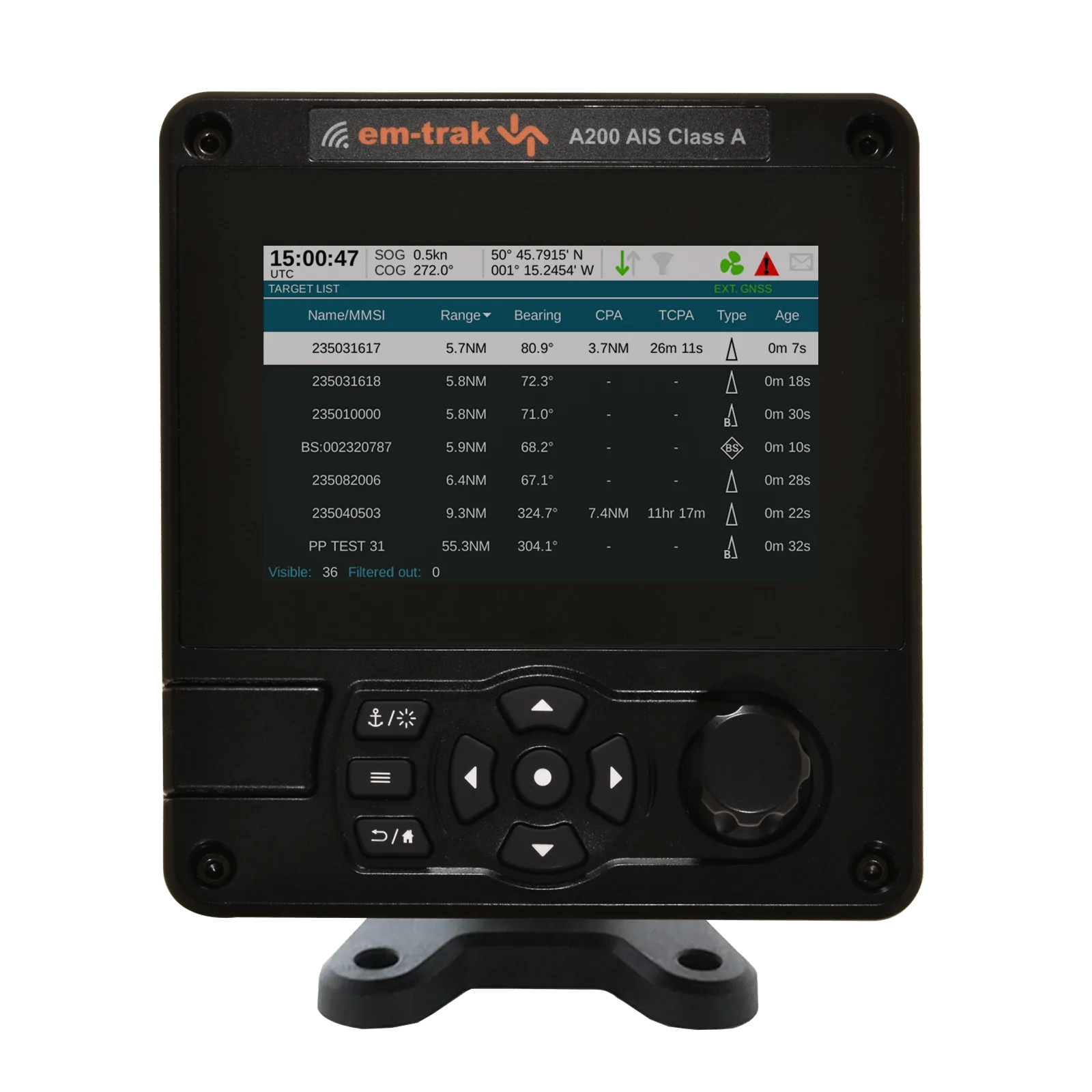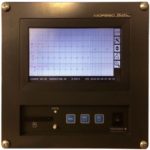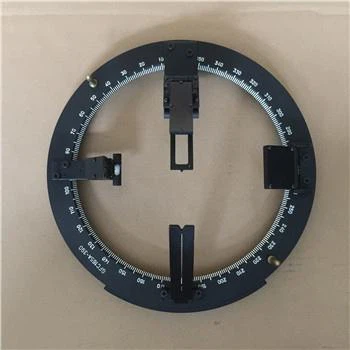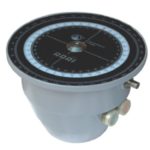Understanding EPIRB
An Emergency Position Indicating Radio Beacon (EPIRB) is a crucial distress alerting device used by vessels and aircraft to alert search and rescue services in the event of an emergency. EPIRBs are designed to transmit a distress signal to satellites or over VHF frequencies, providing accurate location information to facilitate swift rescue operations.
Introduction to EPIRB
EPIRBs come in two main types: Category I, which automatically activates and floats to the surface if a vessel sinks, and Category II, which must be manually activated and does not float. Both types transmit distress signals that are detected by satellite systems such as COSPAS-SARSAT, ensuring global coverage and immediate response to distress situations.
Key Features of EPIRB
- Automatic Activation: Category I EPIRBs activate automatically when submerged, enhancing safety during emergencies.
- Manual Activation: Category II EPIRBs require manual activation by the user, providing flexibility in distress situations.
- Global Coverage: EPIRB signals are detected by satellites, providing coverage even in remote maritime and aviation regions.
- Accurate Location Reporting: EPIRBs transmit precise location coordinates, aiding rescue teams in locating distressed vessels or aircraft.
10 FAQs about EPIRB
| Question | Answer |
|---|---|
| What is an EPIRB? | An EPIRB is an Emergency Position Indicating Radio Beacon used to alert search and rescue services in emergencies. |
| How does an EPIRB work? | EPIRBs transmit distress signals via satellite or VHF frequencies when activated, providing accurate location information to aid rescue operations. |
| What are the types of EPIRBs? | There are two types: Category I, which automatically activates when submerged, and Category II, which requires manual activation. |
| Who should carry an EPIRB? | All vessels and aircraft operating in remote or oceanic regions, as well as those required by maritime regulations, should carry EPIRBs. |
| Are EPIRB signals monitored? | Yes, EPIRB signals are monitored by satellite systems like COSPAS-SARSAT, which relay distress alerts to search and rescue authorities. |
| How often should EPIRBs be tested? | EPIRBs should be tested according to manufacturer’s guidelines and regulatory requirements to ensure they function properly during emergencies. |
| What is the battery life of an EPIRB? | Most EPIRBs have a battery life of around 48 hours or more, providing sufficient time for rescue operations. |
| Can EPIRBs be used in aircraft? | Yes, some EPIRB models are approved for use in aircraft to alert search and rescue services in aviation emergencies. |
| What should be done if an EPIRB accidentally activates? | If an EPIRB accidentally activates, it should be immediately deactivated and reported to the relevant authorities to prevent unnecessary rescue operations. |
| How has EPIRB technology improved maritime safety? | EPIRB technology has significantly improved maritime safety by reducing response times to distress situations and facilitating timely rescue operations. |
Conclusion
EPIRBs are indispensable safety devices that ensure vessels and aircraft can quickly and effectively communicate distress signals to search and rescue authorities. By understanding EPIRBs and their operation, maritime and aviation communities enhance safety measures and mitigate risks during emergencies.

